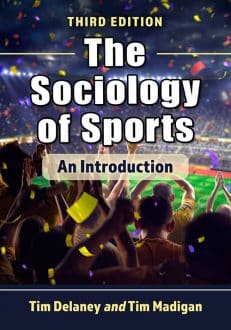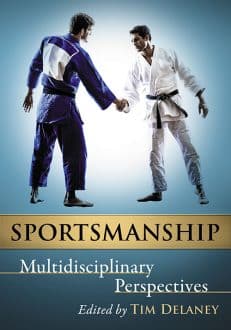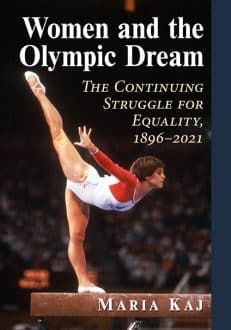 On April 1st, 1979, founder Robert McFarland Franklin departed Plainfield, New Jersey, heading south in a Volkswagen bug towing a U-Haul. With wife Cheryl behind the wheel, Robert began company operations on a yellow pad in his lap.
On April 1st, 1979, founder Robert McFarland Franklin departed Plainfield, New Jersey, heading south in a Volkswagen bug towing a U-Haul. With wife Cheryl behind the wheel, Robert began company operations on a yellow pad in his lap.
Thirty-five years ago, libraries provided almost the sole market (but a robust one!) for the heavily-researched books that McFarland made its specialty. Over the decades, the company won ever-growing numbers of devoted readers who appreciated the care McFarland and its authors lavished on our books. Our authors, a throng of thousands now, teach us something new every day.
We’re having an open house Friday, June 20, from noon until 5:00. Join us for tours, conversation, punch, finger food, art and books.


 Kalamazoo, Michigan, is the home of Bell’s Brewery and the
Kalamazoo, Michigan, is the home of Bell’s Brewery and the 





